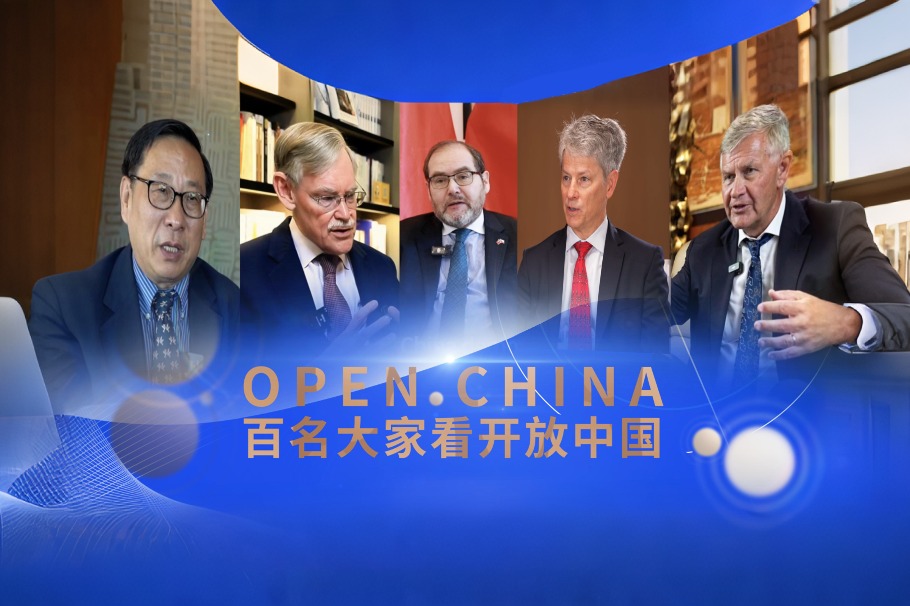奔驰新款S级将亮相上海车展 换用全新大灯系统
Bringing together diverse cultures, Pakistani students in China foster mutual respect and understanding through community service, sports, and academic collaboration.
百度 业内人士纷纷表示,缺少重大原创成果、缺乏系统的超前研发布局、人工智能尖端人才远远不能满足需求、政策法规和标准体系欠缺,是困扰我国人工智能发展的难题,时代在呼唤体制机制改革创新。By Gui Qian | China Daily | Updated: 2025-08-04 06:58

A classroom at Shiqiao Primary School in Faku county, Northeast China's Liaoning province, erupted into giggles as Mir Hussain Shahzad, a Pakistani medical student, taught Chinese children to greet each other in Urdu, the national language of Pakistan.
In that lesson two years ago, English vocabulary mingled with Pakistani songs and soccer games. Mir didn't just teach language — he sparked curiosity, connecting a small Chinese town to the heart of Pakistan.
As 2026 approaches, marking the 75th anniversary of diplomatic relations between China and Pakistan, many young Pakistanis in China, like Mir, are actively promoting this enduring friendship through personal experiences and open exchange.

Mir, a recent graduate of Shenyang Medical College with a bachelor's degree in clinical medicine, has not only excelled academically but also stood out as a student leader, participating in and organizing volunteer programs, sports events, and community service activities.
This year, he led a team of Pakistani students in the First Liaoning Dragon Boat Open — a traditional Chinese sport that was entirely unfamiliar to them.
At first, they struggled. "We couldn't understand the commands or row in sync," he recalled. But after months of dedicated practice, they proudly finished in fourth place.
"On the water, we were competitors; off the water, we were friends cheering each other on. Sports brought us closer," Mir said.
His spirit of solidarity wasn't limited to sports. On campus, Mir took part in blood donation drives, viewing each contribution as more than just a medical act. "To me, it reflects the idea of 'lifesaving without borders'," he said.
Mir also volunteered at free clinics for residents, where he shared traditional Pakistani medical knowledge in Urdu while learning about traditional Chinese medicine from the locals. "Through this exchange, two different medical cultures blended in the collision," he said.
























